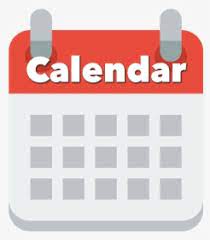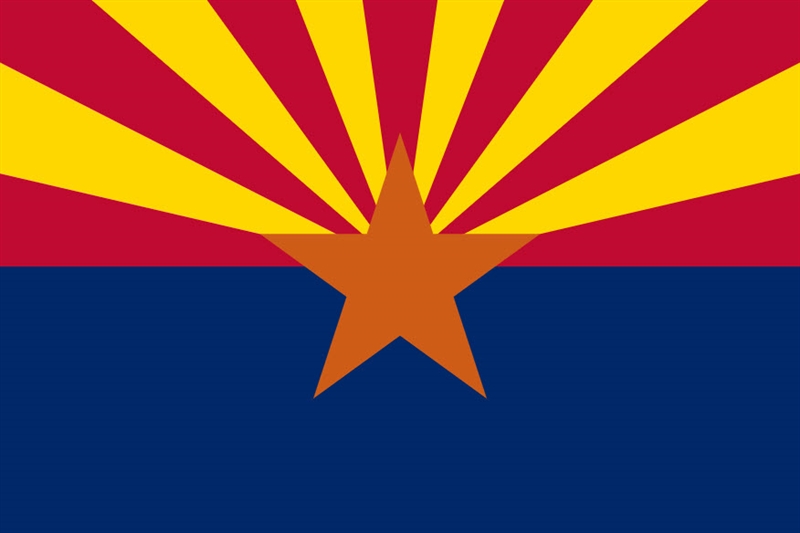Dance
The dance program here at Arts Academy at Estrella Mountain serves as the primary signature of a culture, carrying our individual and ideas from one generation to another. Dance is a distinctive way of understanding and gives purpose to learning providing tools for interpreting life’s experiences and develops a child's identity and sense of self-worth and enriched with history. The Dance curriculum depends on developing a students' ability to communicate in a way that is different from the written or spoken word, or even from other visual or auditory symbol systems. This develops awareness of self, others, the world, emotions and the body.
The main categories for dance are:
- Dance Forms: Ballet, Jazz, Modern, Hip Hop Culture, Terminology, Dance Careers
- Personal Growth: Students will gain an understanding of dance education.
- Creative Expression & Body: Choreography, Improvisation, Critical Evaluation, Injury Prevention, Space, Warm-up
- Production: Stage presence, Costuming, Auditioning, Dance Production Jobs, Social skills
During the beginning of each group students will learn:
Movement Technique: Coordination
- accurately demonstrate non loco motor/ axial movements as they relate to dance
- move various parts of the body simultaneously and independently
Rhythm
- use time and rhythm while moving
- demonstrate accuracy in moving to a musical beat and maintaining it
- respond to changes in tempo
- demonstrate movements that reflect rhythmic patterns
- demonstrate sensitivity to beat when performing patterned movements in folk dance or improvisations
Strength and Flexibility
- develop through dance activities major muscle groups and engage in flexibility exercises
- understand the proper way to perform flexibility exercises
Body Alignment
- demonstrate a sense of proper body alignment
- maintain proper body alignment while performing strength and flexibility exercises and demonstrate a sense of balance
Balance and Control
- demonstrate the following partner skills: copying, leading and following, mirroring
- Recognize and participate in activities that develop balance and control.
- participate in activities that develop both stationary balance and loco motor control
Staff Listing

 Calendar
Calendar Tax Credit
Tax Credit AZ Voter Registration
AZ Voter Registration Privacy Policy
Privacy Policy